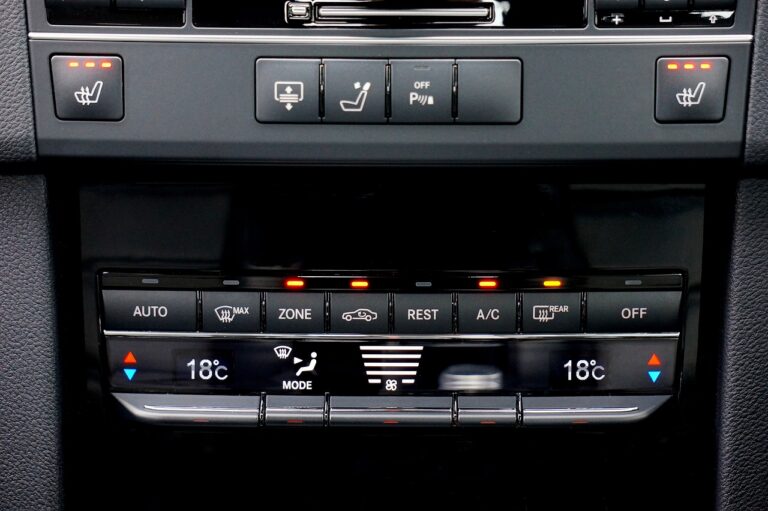The Evolution of Brake System Anti-lock Braking Systems (ABS)
crickbet99, sky 99 exch id, reddy anna casino:As cars continue to advance in technology, one key component that has undergone significant evolution is the brake system, specifically with the introduction of Anti-lock Braking Systems (ABS). These systems have transformed the way vehicles stop, providing increased safety and stability on the road.
Brake systems have come a long way since the early days of mechanical brakes, which relied solely on friction to slow down or stop a vehicle. The evolution of brake technology has been driven by the need for improved efficiency, performance, and safety. ABS represents a major milestone in this evolution, revolutionizing the way vehicles brake and helping to prevent accidents on the road.
The concept of ABS was first developed in the 1950s as a way to prevent skidding and improve vehicle stability during hard braking. The system works by monitoring the rotation speed of each wheel and modulating brake pressure to prevent them from locking up. This allows the driver to maintain steering control even in emergency braking situations.
Over the years, ABS technology has evolved to become more sophisticated and effective. Early ABS systems were bulky and expensive, making them limited to high-end luxury vehicles. However, as technology advanced and production costs decreased, ABS became more widespread and eventually mandatory in all new vehicles.
One of the major advancements in ABS technology is the introduction of electronic control units (ECUs) that monitor wheel speed and apply individual brake pressure to each wheel. This allows for more precise control and faster response times, improving overall braking performance. Modern ABS systems also include features such as traction control and electronic stability control, further enhancing vehicle stability and safety.
Another key development in ABS technology is the integration of sensors and actuators into the brake system. ABS sensors are mounted on each wheel and constantly monitor wheel speed, sending signals to the ECU to adjust brake pressure as needed. Actuators control the brake pressure applied to each wheel, allowing for rapid adjustments to prevent wheel lock-up.
Today, ABS is considered a standard safety feature in most vehicles, helping to prevent accidents and save lives on the road. The evolution of ABS technology has made braking more efficient, reliable, and consistent, providing drivers with greater peace of mind behind the wheel.
In conclusion, the evolution of brake system Anti-lock Braking Systems (ABS) has transformed the way vehicles stop, making braking safer and more efficient. From early mechanical brakes to modern ABS technology, the advancements in brake systems have revolutionized vehicle safety and performance on the road.
FAQs
Q: How does ABS work?
A: ABS works by monitoring the rotation speed of each wheel and modulating brake pressure to prevent them from locking up. This allows the driver to maintain steering control during emergency braking.
Q: Are all vehicles equipped with ABS?
A: ABS is considered a standard safety feature in most vehicles today. However, older or lower-end vehicles may not have ABS installed.
Q: Can ABS prevent all accidents?
A: While ABS can greatly reduce the risk of accidents, it cannot prevent all accidents. Drivers should still exercise caution and proper driving techniques to stay safe on the road.







